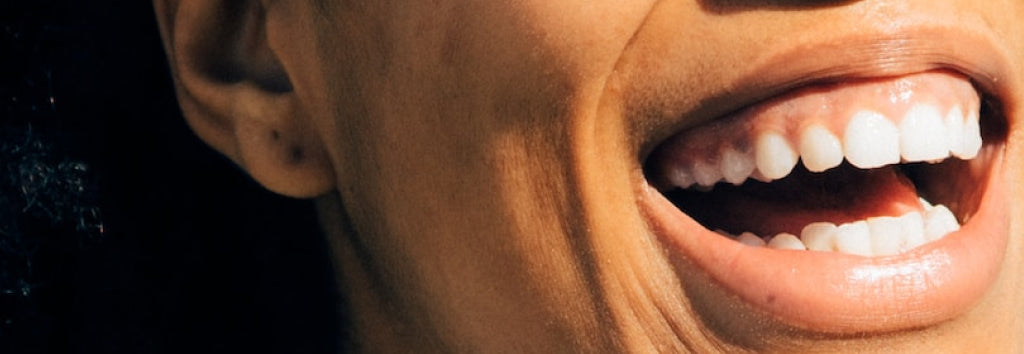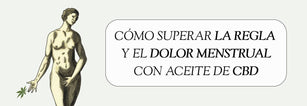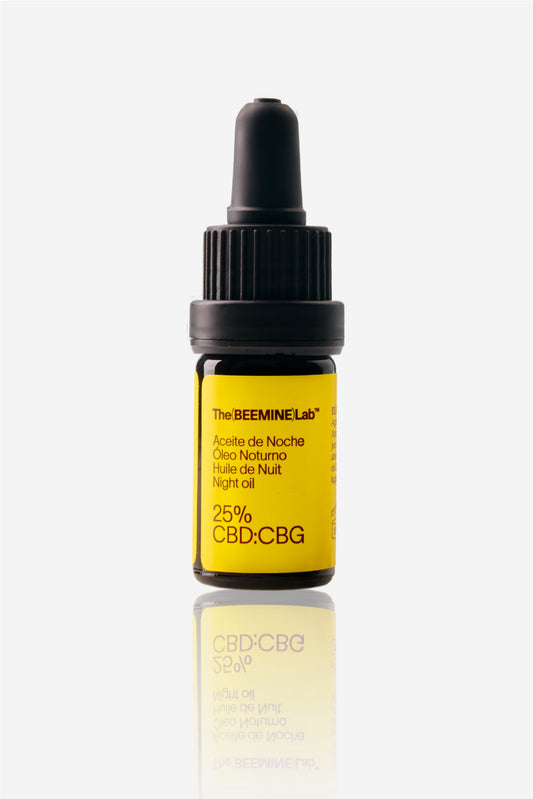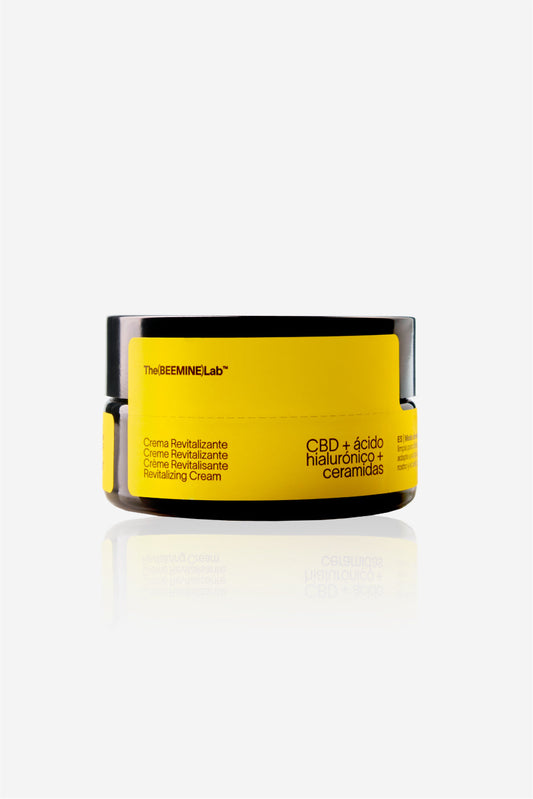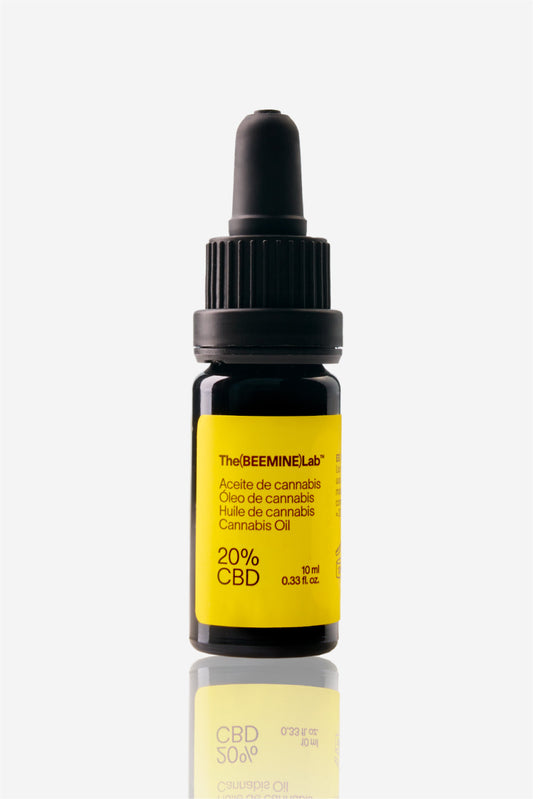What is Bruxism?
Bruxism is a parafunctional (purposeless) activity characterized by clenching and grinding of the teeth that can occur while awake or asleep. It is described as idiopathic or primary bruxism when the causes are unknown, unlike secondary bruxism, which is associated with neurological, psychiatric, sleep problems or drug use. It is very important to differentiate daytime from nocturnal bruxism, since the latter is usually treated as a parasomnia. (1) (4) (5) Prevalence It has a high prevalence in childhood (14%-20%) although it can be associated with dental development, while from the age of 15 it can increase until the age of 25 and remain stable with a prevalence of around 15% until adulthood. (1) (4) (5) (7) Causes Most theories point to brusixism being caused by multiple factors, in particular:- Morphological factors: joint and bone alterations of teeth and jaw
- Pathophysiological factors: alterations in the dopaminergic system due to some disease or caused by the intake of some drugs, drugs or substances that stimulate the nervous system such as nicotine, alcohol or coffee
- Psychological factors: presence and increase of emotional tension and stress, anxiety and depression, aggressive and/or perfectionist character
- Nutritional factors : eating habits and deficiencies of vitamin D, calcium and magnesium
Symptoms of Bruxism
- Tooth wear and sensitivity
- Facial pain and inflammation in the jaw area
- Mandibular muscle fatigue
- Temporomandibular joint wear
- Headaches
- Sleep problems
Diagnosis and Treatment for Bruxism
There are no specific tests, but examinations are carried out to rule out other hearing, articulation or dental disorders. There is no specific treatment for bruxism, but different treatments are used to improve its symptoms.- Occlusal planes or splints to reduce dental and mandibular symptoms
- Self-hypnosis/biofeedback and other relaxation techniques
- Cervical stretching exercises and massages for the neck, shoulders and face
- Tools to reduce daily and/or emotional stress levels
- Techniques and/or professional help for anxiety management

Studies on CBD and Bruxism
There are recent studies with promising results on the use of CBD in situations where bruxism is present:- A 2019 study has shown improvement and reduction of mandibular movements through transdermal application of CBD in patients with myofacial pain (MFP). (7)
- A 2021 study has described a case of severe Bruxism associated with Frontotemporal Dementia with poor response to medications and with almost complete remission after oral administration of CBD capsules. This study shows the role of CBD as a modulator of the dopaminergic and serotonergic systems. (8)
- A 2021 review highlights the importance of the Endocannabinoid System in the functioning of the Musculoskeletal System and the role of CBD as an added therapy to relieve pain, inflammation, stress and anxiety levels and to improve sleep quality. (9)
- (1) Frugone Zambra RE, Adrián Rodríguez C. Bruxism. Av. Odontostomatol 2003; 19-3: 123-130.
- (2) https://medlineplus.gov/spanish/ency/article/001413.htm
- (3) Alkhatatbeh, MJ, Hmoud, ZL, Abdul-Razzak, KK, & Alem, EM (2021). Self-reported sleep bruxism is associated with vitamin D deficiency and low dietary calcium intake: a case-control study. BMC oral health, 21(1), 21. https://doi.org/10.1186/s12903-020-01349-3
- (4) Lobbezoo, F., Ahlberg, J., Glaros, AG, Kato, T., Koyano, K., Lavigne, GJ, de Leeuw, R., Manfredini, D., Svensson, P., & Winocur, E. (2013). Bruxism defined and graded: an international consensus. Journal of oral rehabilitation, 40(1), 2–4. https://doi.org/10.1111/joor.12011
- (5) Lal, SJ, & Weber, KK (2020). Bruxism Management. In StatPearls. Stat Pearls Publishing.
- (6) Shrader, SH, Tong, YG, Duff, MB, Freedman, JH, & Song, ZH (2020). Involvement of dopamine receptor in the actions of non-psychoactive phytocannabinoids. Biochemical and biophysical research communications, 533(4), 1366–1370. https://doi.org/10.1016/j.bbrc.2020.10.021
- (7) Nitecka-Buchta, A., Nowak-Wachol, A., Wachol, K., Walczy?ska-Dragon, K., Olczyk, P., Batoryna, O., Kempa, W., & Baron, S. . (2019). Myorelaxant Effect of Transdermal Cannabidiol Application in Patients with TMD: A Randomized, Double-Blind Trial. Journal of clinical medicine, 8(11), 1886. https://doi.org/10.3390/jcm8111886
- (8) Pina-Escudero, SD, Okada de Oliveira, M., Snyder, A., & Miller, BL (2021). Cannabidiol in the management of bruxism in behavioral variant of frontotemporal degeneration. Neurocase, 27(2), 209–211. https://doi.org/10.1080/13554794.2021.1917620
- (9) Golanska, P., Saczuk, K., Domarecka, M., Ku?, J., & Lukomska-Szymanska, M. (2021). Temporomandibular Myofascial Pain Syndrome-Aetiology and Biopsychosocial Modulation. A Narrative Review. International journal of environmental research and public health, 18(15), 7807. https://doi.org/10.3390/ijerph18157807

